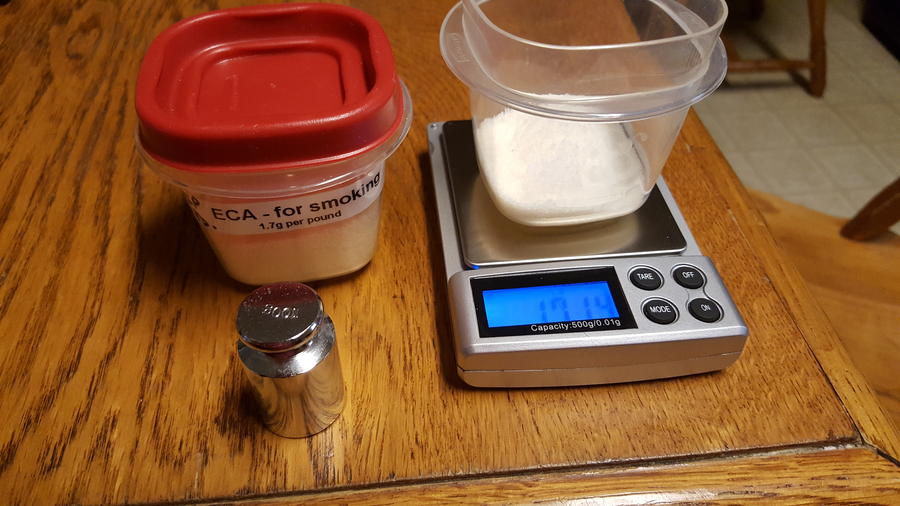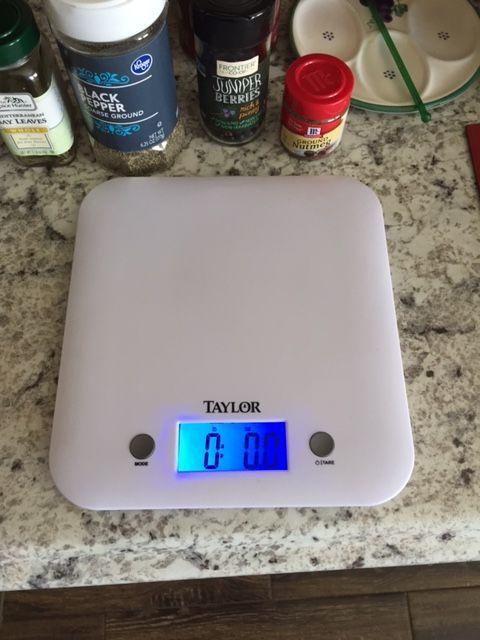OK, I'm getting ready to try my hand at Pancetta and got my UMAi kit a couple of days ago. Their recipe calls for 1 tsp of cure per 5#, which I understand is the basic rule of thumb. In Michael Ruhlman's book he calls for 2 tsp for 5#.
I'm confused, but then again, I'm easily confused....
What's up with that?
Dan
I'm confused, but then again, I'm easily confused....
What's up with that?
Dan







